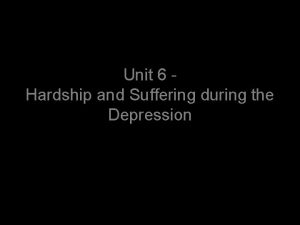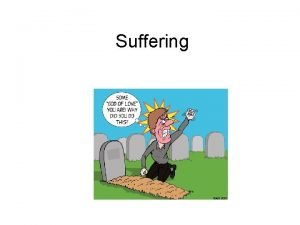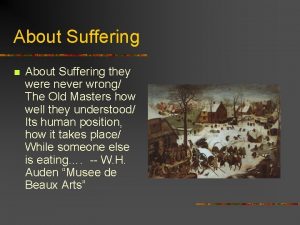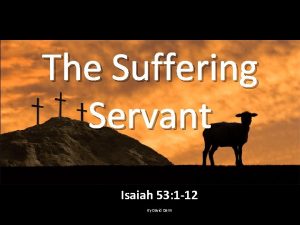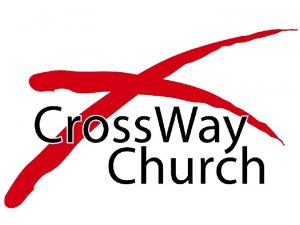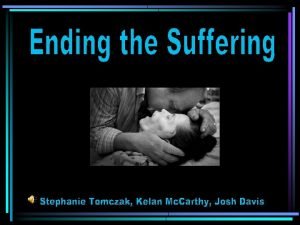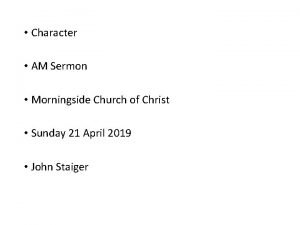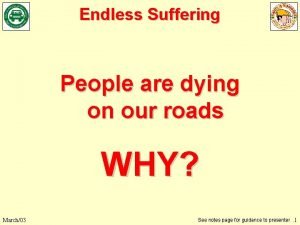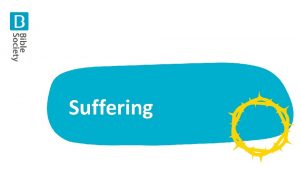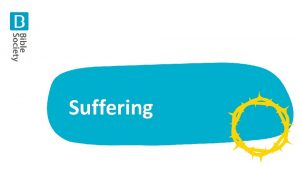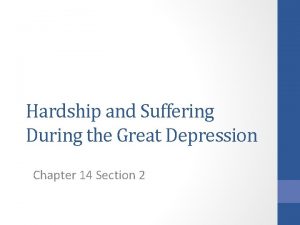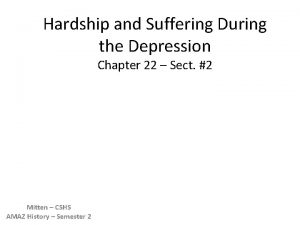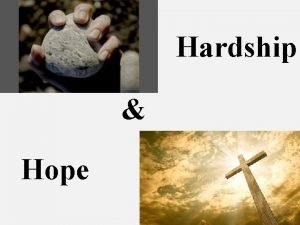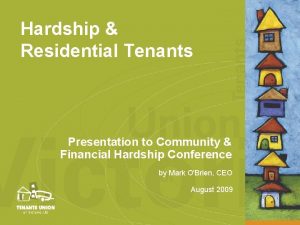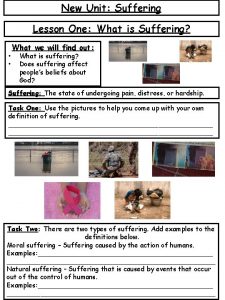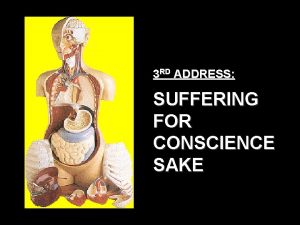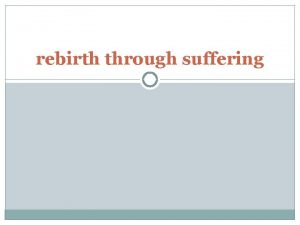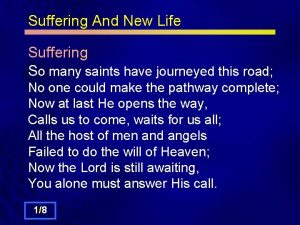Module 9 Lesson 2 Hardship Suffering During the

























- Slides: 25

Module 9 (Lesson 2) Hardship & Suffering During the Great Depression

C. KEY TERMS & PEOPLE

A. SHANTYTOWN • As millions of Americans became unemployed during the initial years of the Great Depression, they found themselves homeless and looking for somewhere to live • In almost every major American city, tens of thousands of America’s homeless/unemployed, built makeshift shacks out of scrap materials • These little towns were found in city parks, near lumberyards, & railyards, and other open public areas


B. SOUP KITCHEN • Every day, the poor dug through garbage cans or begged • Soup kitchens sprouted up offering free or low-cost food • Watered-down soup or broth • Coffee • Stale bread


C. BREAD LINE • Long lines of the homeless/unemployed waiting to receive food provided by charitable organizations & public agencies


D. DUST BOWL • 1933 - 1936 • Region of the country that was plagued by severe drought, dust storms, farm evictions & foreclosures • Kansas, Oklahoma, Texas, New Mexico, & Colorado




E. DIRECT RELIEF • During the early years of the Great Depression, there wasn’t any federal system of direct relief – cash payments or food the gov’t. provides directly to the poor • This didn’t arrive until FDR’s New Deal


D. STUDY QUESTIONS

a. How did many charitable organizations & public agencies help people during the Depression? • Local charitable organizations provided soup kitchens for the poor • President Hoover, through his belief in ‘rugged individualism’, expected Americans to help themselves, and as a result, the national government didn’t provide direct relief • It was up to state & local public agencies to provide this relief and it often times came in the form of only $2. 37/week


b. Why were shantytowns often called ‘Hoovervilles’? • These makeshift shack cities were called Hoovervilles in honor of President Hoover, who many believed was responsible for their creation in the first place because he wouldn’t provide direct relief to the millions of homeless and unemployed during the Great Depression


c. What factors led to the dust bowl? • Farmers overused their land during the 1920’s which subsequently eroded away vital grasses which held the soil down during windy conditions • Add to this the severe drought that ravished this part of the country during the early 1930’s and you have a condition where the dry winds easily kicked up the loose soil and then deposited it in huge amounts over large areas of land.


d. Why did minorities often experience an increase in discrimination during the Great Depression? • Conditions for African Americans and Latinos were especially difficult • Their unemployment rates were higher & they were the lowest paid • They also dealt with increasing racial violence from unemployed whites


e. What pressures did the American family experience during the Depression? • The economic hardships faced during the Great Depression put severe pressure on family life as making ends meet was a daily struggle and in some cases, families broke apart under the strain

 Hardship and suffering lesson 2
Hardship and suffering lesson 2 Guided reading hardship and suffering during the depression
Guided reading hardship and suffering during the depression Hardship and suffering during the depression
Hardship and suffering during the depression Ncaa hardship waiver examples
Ncaa hardship waiver examples Hardship transfer examples
Hardship transfer examples Indirect tax graph
Indirect tax graph Fast sound words
Fast sound words A hundred agonies in black and white analysis
A hundred agonies in black and white analysis Christian response to suffering
Christian response to suffering About suffering they were never wrong
About suffering they were never wrong Belfast. beirut. phnom penh
Belfast. beirut. phnom penh Theme of macbeth
Theme of macbeth Isaiah chapter 53
Isaiah chapter 53 Patience in suffering james 5
Patience in suffering james 5 Job's response to suffering
Job's response to suffering If god were loving there would be no suffering
If god were loving there would be no suffering Suffering
Suffering Parable of the suffering servant
Parable of the suffering servant Joy amidst suffering
Joy amidst suffering Painless killing of a patient suffering
Painless killing of a patient suffering Pulse suffering is used in
Pulse suffering is used in Job suffering
Job suffering Endless suffering
Endless suffering C device module module 1
C device module module 1 Hình ảnh bộ gõ cơ thể búng tay
Hình ảnh bộ gõ cơ thể búng tay Lp html
Lp html


